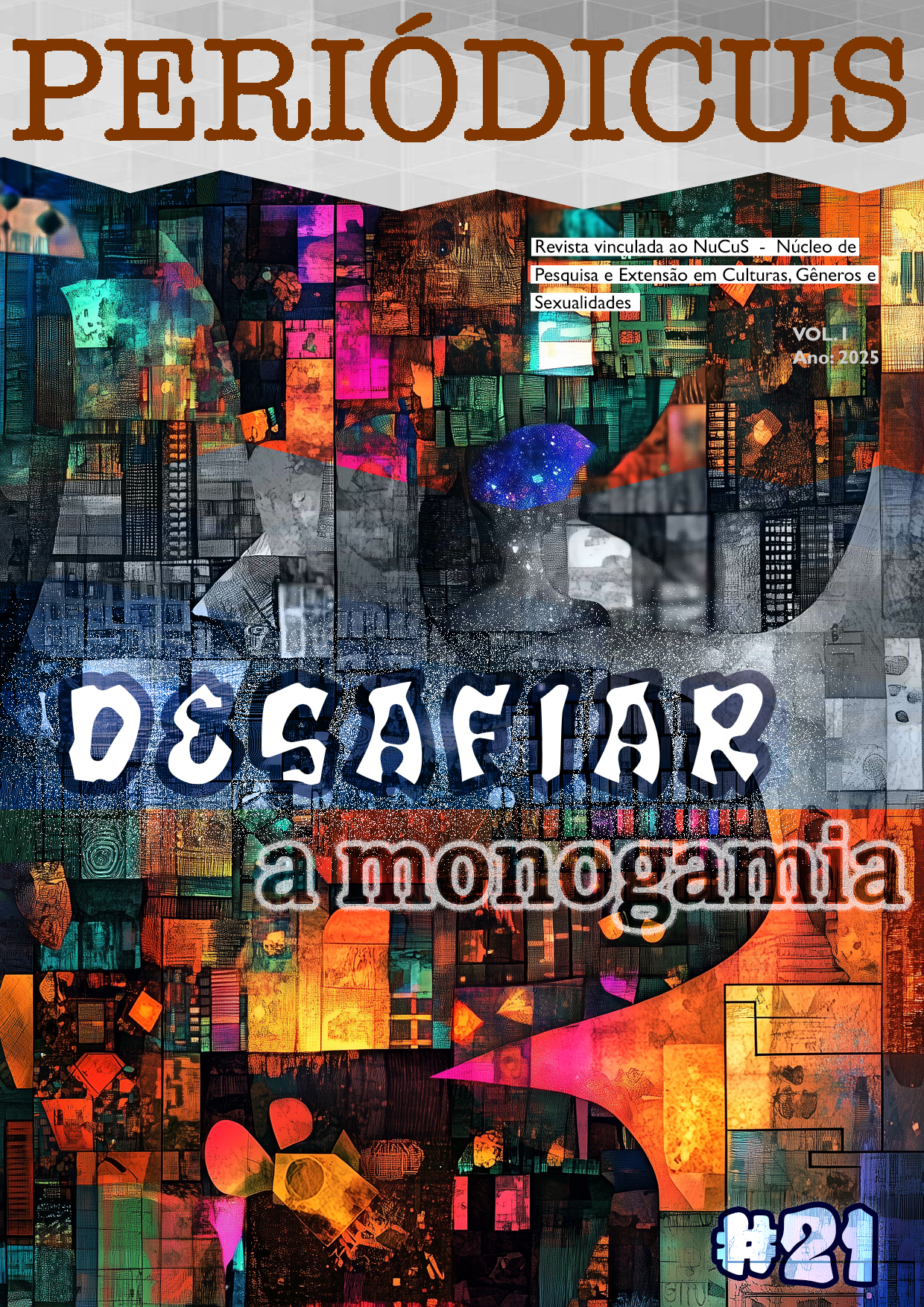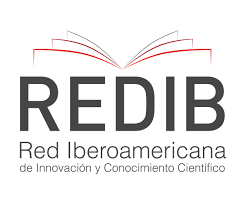Monogamous destinations
tension, forró dance and delirium
DOI:
https://doi.org/10.9771/peri.v1i21.58781Abstract
This text proposes an analysis of the dialog between two apparently distinct structures: the Brazilian Northeast and monogamy. To do this, it uses terms from both the monogamous and Northeastern grammars, exploring the convergences and divergences of these entities through music. The musical genre chosen as the object of study is forró, that stood out as a rhythm that spoke the truths about the Brazilian Northeast. The Brazilian Northeastern region began to be created from the interests of the elite, shaping a regional profile represented by the figure of the virile sertanejo male. This representation, in turn, has repercussions on ways of relating affectively and sexually, conferring male protagonism and decisions over women's bodies, beyond to influence lifestyles and partnerships. In this context, it can be seen that not only does the Northeast produce a narrative about monogamy, but monogamy also plays an active role in the invention of the Brazilian Northeast.
Downloads
Downloads
Published
How to Cite
Issue
Section
License
Copyright (c) 2025 Thereza Cristina Leandro da Silva Queiroz Santos

This work is licensed under a Creative Commons Attribution-NonCommercial 4.0 International License.
Authors who publish in this journal agree to the following terms:
Authors retain copyright and grant the journal the right of first publication, with the work simultaneously licensed under a Creative Commons Attribution Noncommercial License that allows the work to be shared with acknowledgment of authorship and initial publication in this journal, but prohibits commercial use.
Authors are authorized to enter into separate additional contracts for non-exclusive distribution of the version of the work published in this journal (e.g., publishing in an institutional repository or as a book chapter), with acknowledgment of authorship and initial publication in this journal.
Authors are permitted and encouraged to publish and distribute their work online (e.g., in institutional repositories or on their personal website) at any point before or during the editorial process, as this can generate productive changes and increase the impact and citation of the published work (see The Effect of Open Access).








